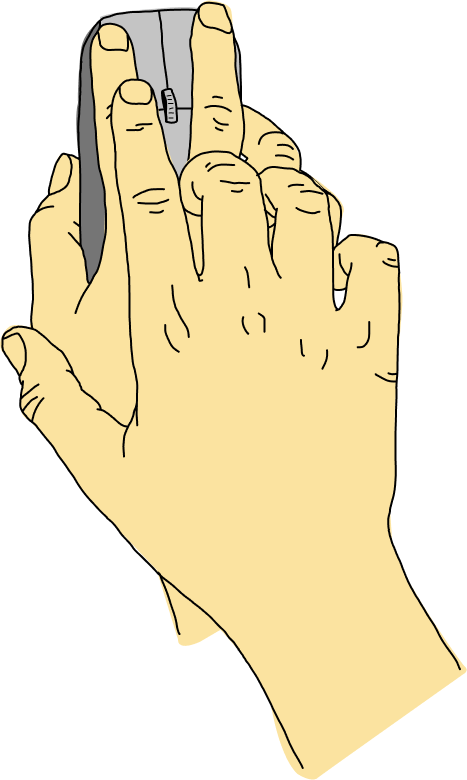
Be the client, at least once
A couple of years ago I have identified this to be a big hurdle, stopping us from engaging with our customers as true partners, instead of just vendors.
We knew how to empathize with the people using the products, but we never learned to empathize with our stakeholders.
This is rather strange when you look at it, as we spend far more time with the stakeholders, compared to the time we spend interacting with users. Yet it simply didn’t occur to us to take their position into consideration, and see things from their angle during the design process and in fact throughout our relationship.
It’s the communication, stupid
I believe that most of relationship issues have their root in communication, or a lack thereof. Whenever we don’t communicate enough, use the right tone, or refuse to put in the time to understand what’s behind the words, we end up in a conflict. This is particularly true with written communication where the subtle nuances of tone, and gesticulation are lost. This has lead us to many hours spent ironing out differences, putting out fires, and making peace.
Finally, I have realized that we simply didn’t know much about our stakeholders’ positions when we are working together. We saw them as “owners”, entities which are there to pay the invoices and make decisions. So what happened when we didn’t agree with those decisions? We got bitter. We thought they just want to mess with our work. They thought they knew better than us.
There was conflict.
Sadly, the fact that we are working with so many first-time founders and stakeholders, they — having no previous experience working with designers — were in the same position as we were. It made design work this weird battle for who gets their way, instead of a collaborative, ordered process.
So, how do we solve this problem, then? How do we empathize with the founders, product owners, and decision makers? How do we figure this out?
Superawesome, the founder
We figured that the best way to learn about our stakeholders’ viewpoint is, of course, to become one. We set out to create a product we were to get to market.
Yikes.
While this was primarily “just” an exercise in order to better our agency’s relationships, we went all in.
This process took all, but not limited to below:
- identify an opportunity we’re able and interested to exploit,
- analyze the market and and the competition,
- design a product according to the market’s needs and predictions,
- employ developers and work with development agencies,
- calculate finances,
- prioritize features according to their business value vs. user needs,
- figure out a go-to-market strategy,
- take the product from MVP to V1, to V2,
- provide support to users,
- do ongoing maintenance.
What we learned
Eventually we ended up selling the entire product (long story…), but needless to say this was a massive undertaking, and in the end the value that we were able to extract from the experience was amazing.
The biggest takeaway was that after doing this, we were far better equipped to understand, and talk to founders we are collaborating with.
We understand their pains much better, and thus we know how to talk to them and how to process their feedback. We can provide a better service because we now know the ins and outs of getting a product to market and supporting paying customers. We have first-hand experience with aligning business goals with users’ needs.
We realized that we were doing a disservice to our clients by focusing all our attention to the people using the products and so fiercely advocating for user needs. We now knew that we should take the business requirements into account as well, and advocate to make them work with user needs in unison, instead of them being at odds with each other.
If we can satisfy the business requirements by designing a product that will in turn satisfy its users’ needs, and we can facilitate this in the form of a painless process between all parties involved, than we are safe in knowing that we are providing the best possible service to our clients.
What's this?
You are reading his blog.